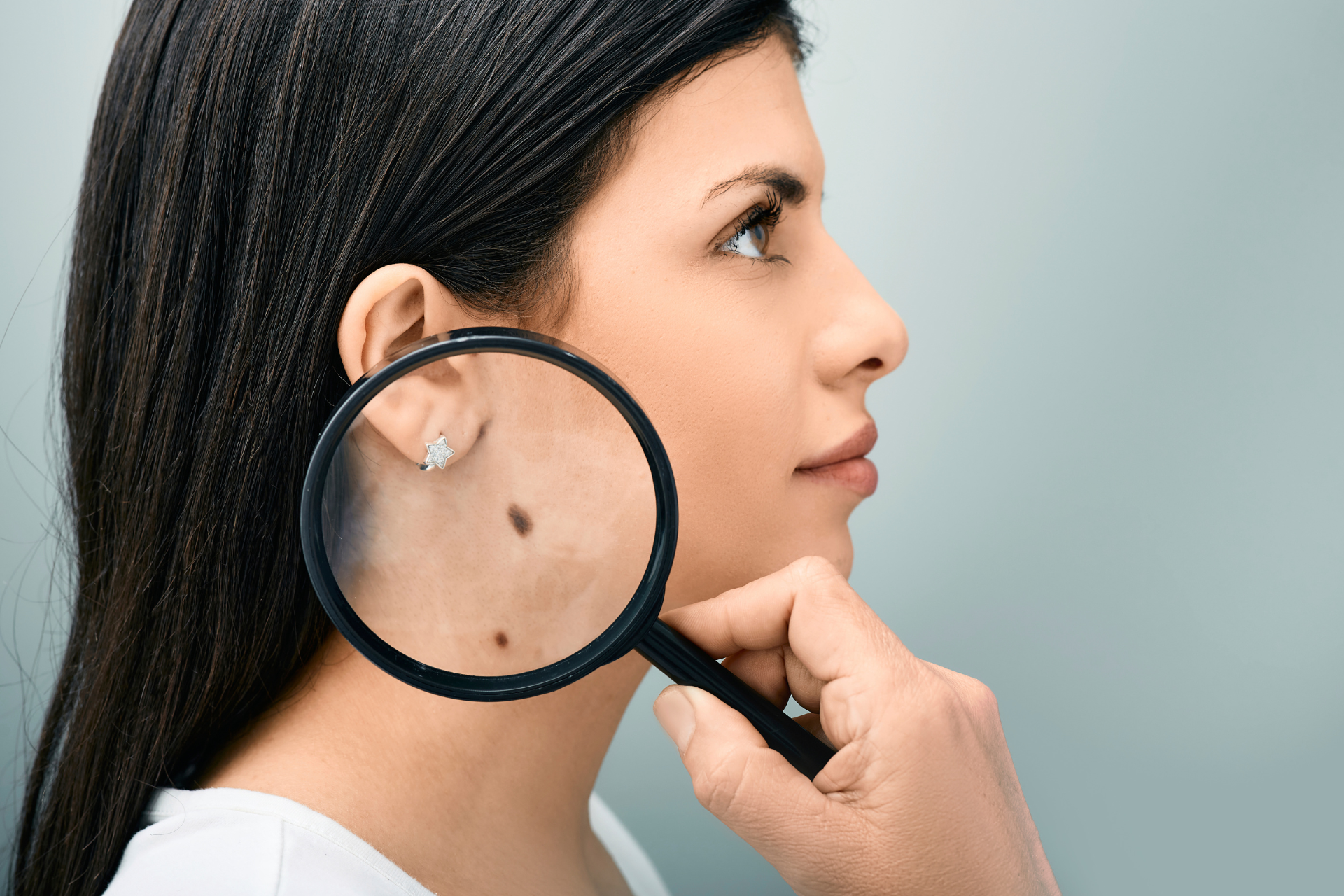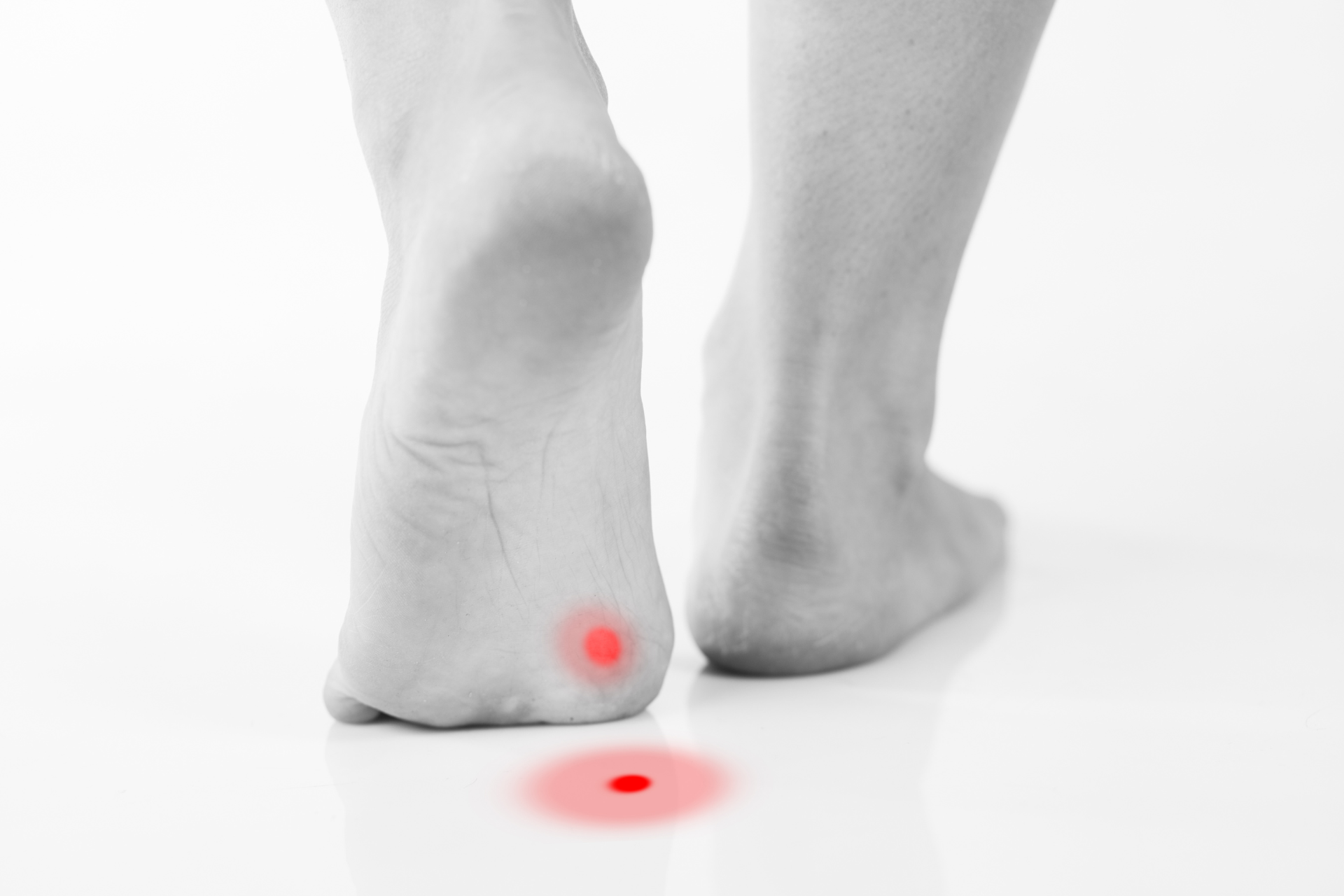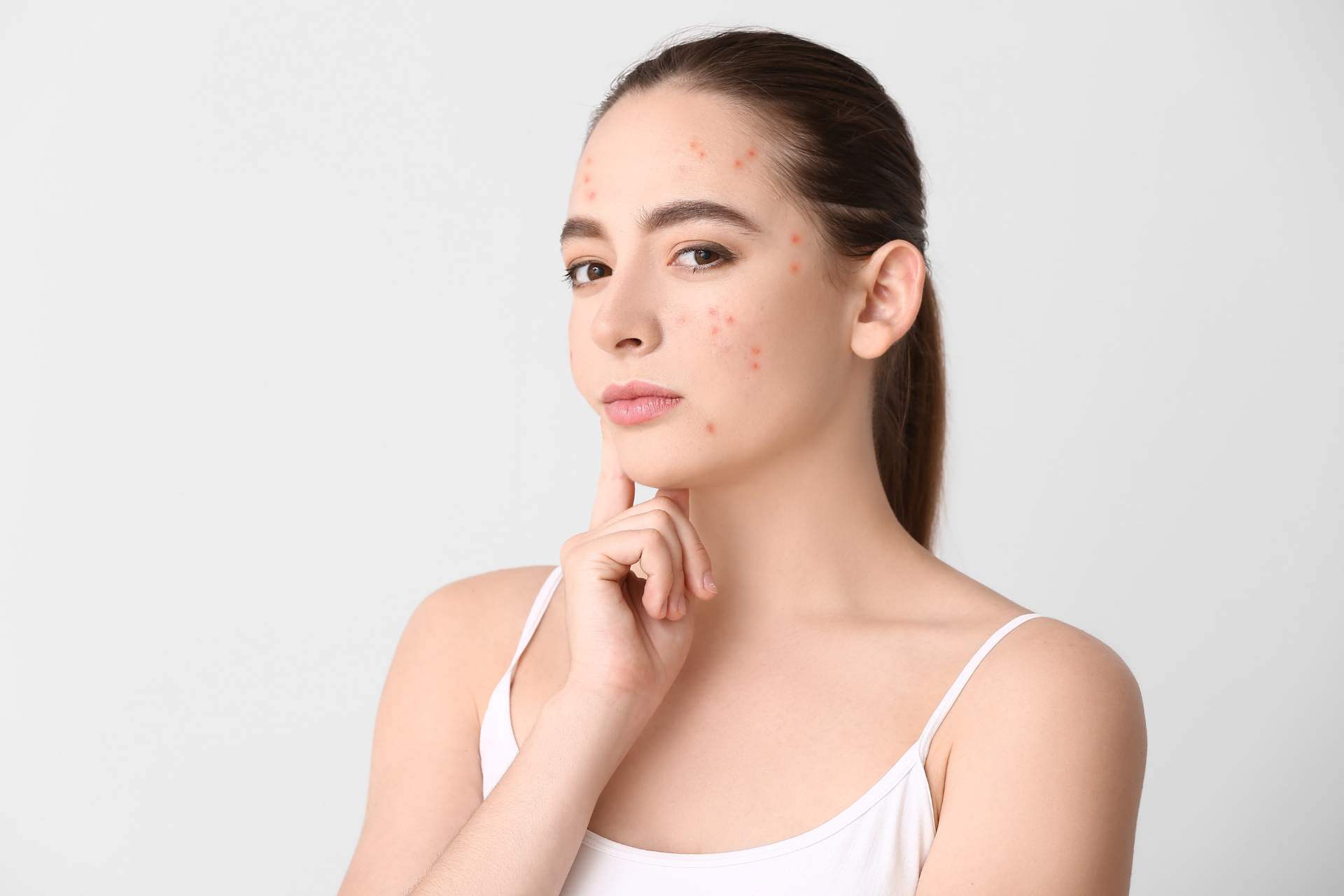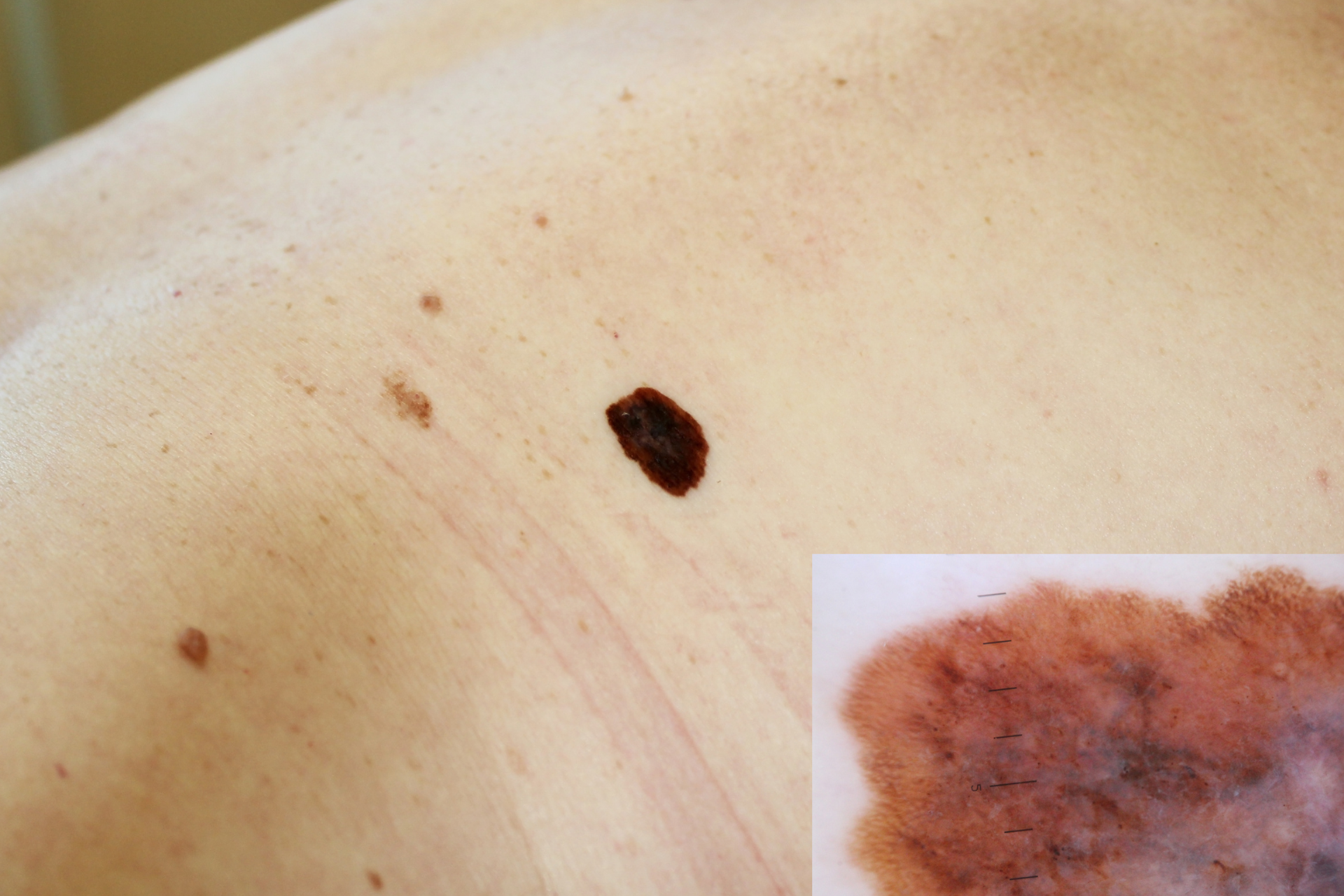The Importance of Regular Mole Checks for Skin Cancer Prevention

In today's world, where activities such as tanning beds and sun exposure are common, it's crucial to prioritize taking care of our skin. Skin cancer is on the rise, and early detection is key to successful treatment. At Fall Creek Skin and Health Clinic, we understand the significance of regular mole checks in preventing and diagnosing skin cancer. In this blog post, we'll delve into why you should make mole checks a routine part of your healthcare regimen.
What are Moles and Why Do They Matter?
Moles are growths on the skin that can vary in shape, size, and color. While most moles are harmless, some can develop into melanoma, a type of skin cancer. Regularly monitoring your moles is essential as changes in size, shape, color, or texture could indicate a possible skin cancer risk.
The Role of Mole Checks in Skin Cancer Prevention
Regular mole checks play a significant role in early detection and prevention of skin cancer. During a mole check, a healthcare professional examines your skin for any abnormal or suspicious moles that could be early signs of skin cancer. By detecting these changes early, treatment can be initiated promptly, increasing the chances of successful outcomes.
At Fall Creek Skin and Health Clinic, our experienced dermatologists are trained to perform thorough mole checks in a comfortable and confidential setting. We emphasize the importance of these checks as part of your overall health maintenance routine.
When Should You Get a Mole Check?
If you have a history of sun exposure, a family history of skin cancer, or numerous moles on your body, you should consider getting regular mole checks. Additionally, if you notice any changes in your moles, such as asymmetry, irregular borders, color variation, or size increase, it's essential to consult a healthcare provider promptly.
How to Perform Self-Mole Checks
In addition to professional mole checks, self-examination is also crucial in monitoring changes in your skin. Follow the ABCDE rule to assess your moles:
A - Asymmetry
One half of the mole does not match the other half.
B - Border
The edges are irregular, blurred, or ragged.
C - Color
The color is not uniform and has varying shades of tan, brown, black, or red.
D - Diameter
The mole is larger than 6mm in diameter.
E - Evolution
The mole is changing in size, shape, color, or height.
If you notice any of these signs, schedule a visit to Fall Creek Skin and Health Clinic for a professional evaluation.
Conclusion
In conclusion, regular mole checks are vital in the prevention and early detection of skin cancer. By staying proactive and scheduling routine checks with your healthcare provider, you can safeguard your skin health and overall well-being. Fall Creek Skin and Health Clinic is dedicated to providing comprehensive skin care services, including mole checks, to help you maintain healthy and radiant skin. Remember, your skin is a reflection of your overall health, so prioritize its care and schedule your mole check today.




